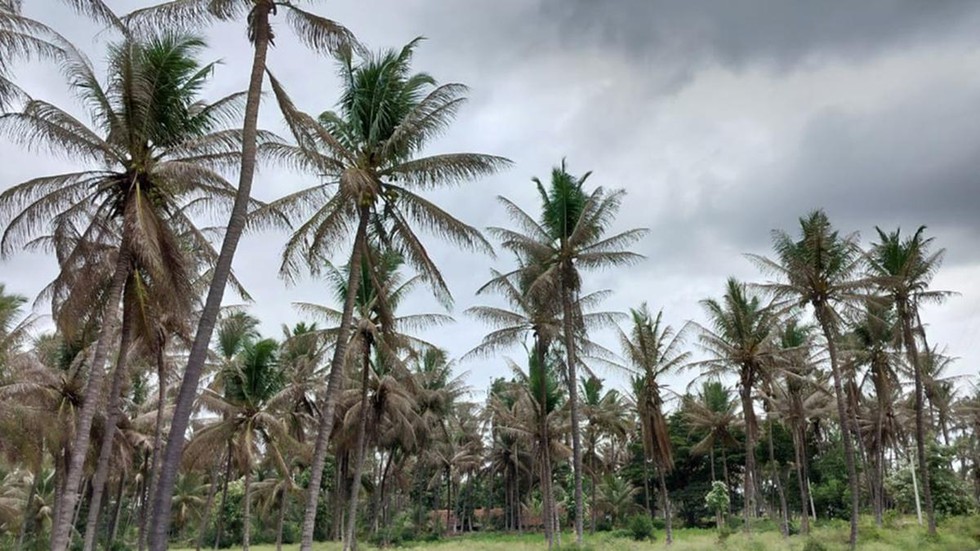About Black-headed caterpillar Disease:
- It causes serious damage to coconut trees in both coastal and inland regions.
- The caterpillars reside in silken galleries built on the undersides of leaves and consume the green portions, reducing the plant’s photosynthetic ability.
- Symptoms:
- It infests coconut of all age groups and is a prolific feeder of coconut leaves.
- Dried up patches on leaflets of the lower leaves, only three or four youngest leaves at the center of the growth remain green.
- In case of severe infestation the whole plantations present a scorched appearance.
- The attacked leaves droop, bunches buckle and the immature nuts are shed heavily, in extreme cases feeding by the caterpillar on the green nut surface is also observed.
- The pest spreads rapidly through wind dispersal.
- It occurs round the year with a spike in population during summer.
- Control Strategy: It can be controlled by using neem-based pesticides, root nourishment and release of Goniozus parasitoids along with integrated nutrient management.
- Goniozus nephantidisis the most widely used parasitoid of Opisina arenosella. The parasitoid is being mass multiplied and released in Karnataka, Kerala and several other states.
